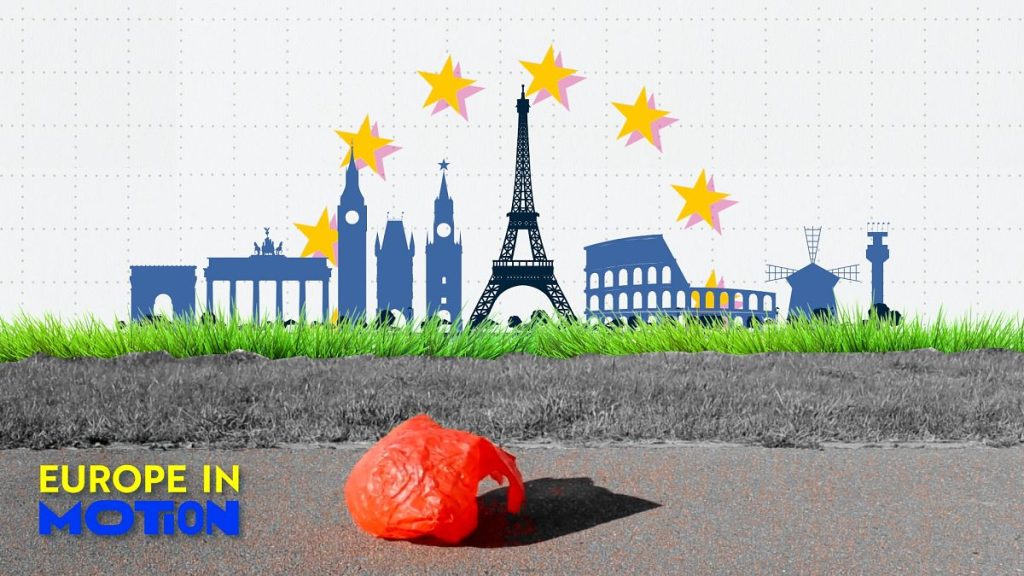Summarize this content to 2000 words in 6 paragraphs
The number of lightweight plastic bags purchased across the EU is staggering – nearly 30 billion in 2022 alone. However, their usage rate is declining rapidly. Which countries use the most, and which are the most eco-friendly?
EU member states have taken progressive steps over the past decade to reduce the use of lightweight plastic bags, including imposing additional charges or levies and promoting the adoption of compostable and biodegradable alternatives.Although these measures have not fully resolved the issue, they have proven effective: Today, EU citizens purchase about 30% fewer lightweight plastic bags compared to 2018, according to a Eurostat report published on Tuesday.However, the overall consumption remains significantly high.In 2022 alone, nearly 30 billion lightweight plastic bags were bought across the EU, averaging more than 66 bags per person.Lithuanians buy nearly a bag a day, Belgians almost none in a yearLithuania recorded the highest use per capita with 249, followed by Latvia (193) and the Czech Republic (185). With only four bags per capita, Belgium reported the lowest consumption rate, followed by Poland (7) and Portugal (13).What are lightweight plastic bags and what impact do they have?Lightweight plastic bags are less than 50 microns thick, and are normally used for carrying small amounts of groceries.They have a devastating impact on the environment. Not only do they take centuries to decompose, but they also break up into microplastics, ending up in the human and animal food chain.Video editor • Mert Can Yilmaz


